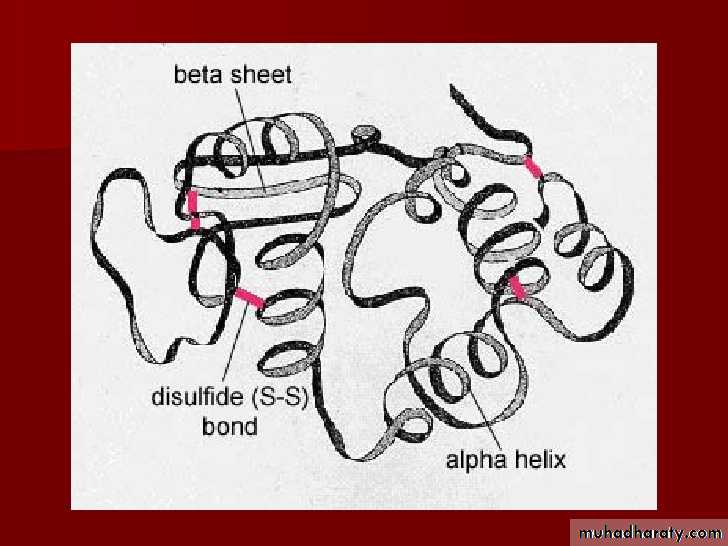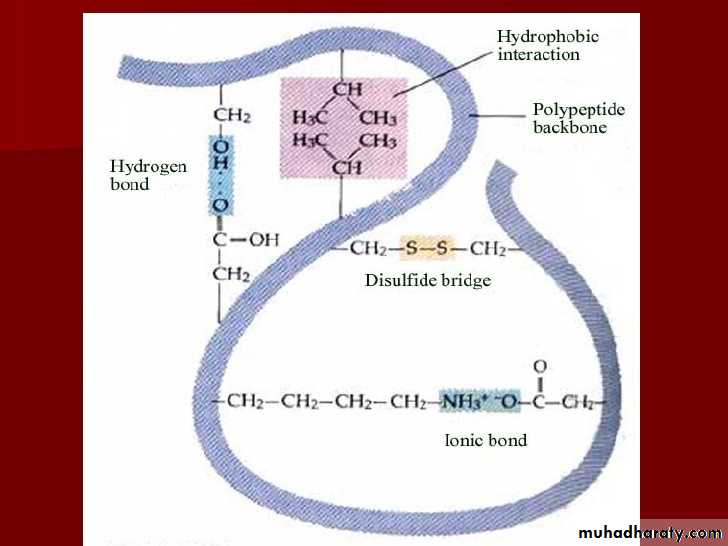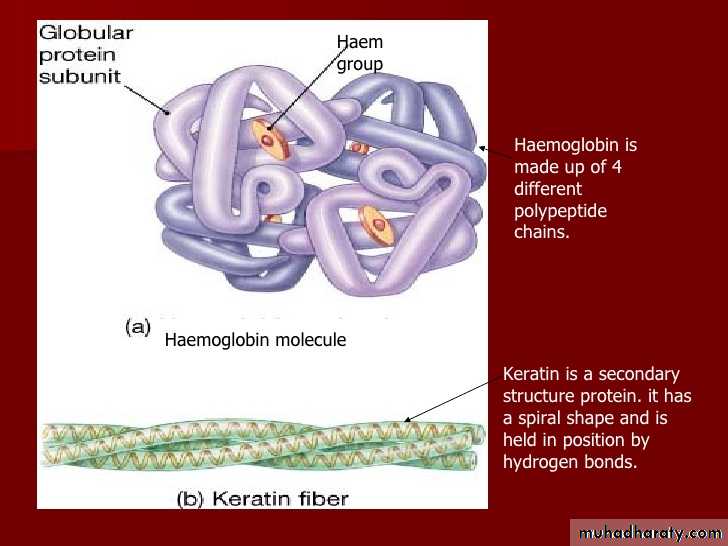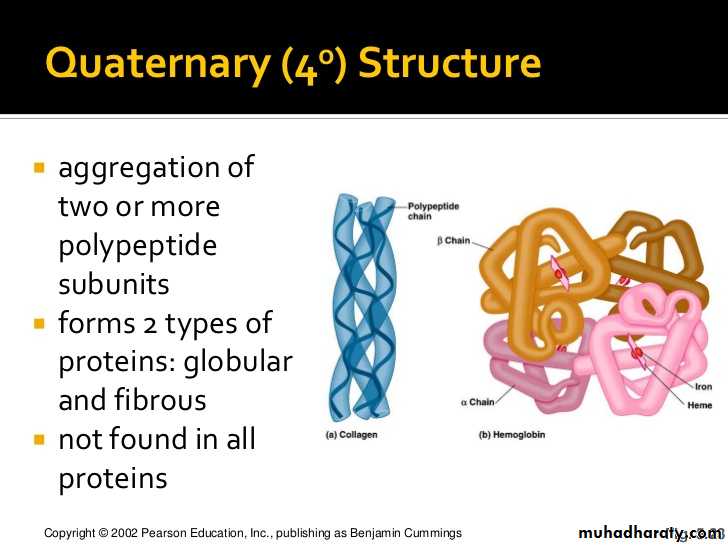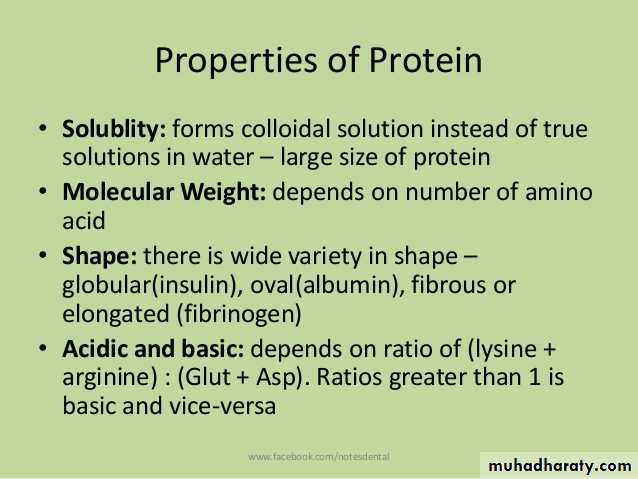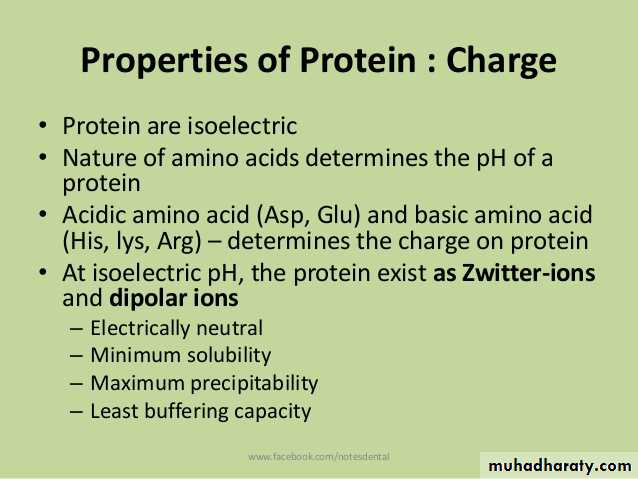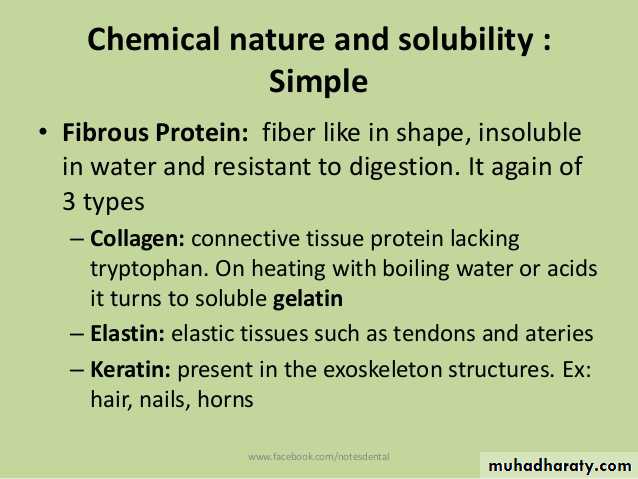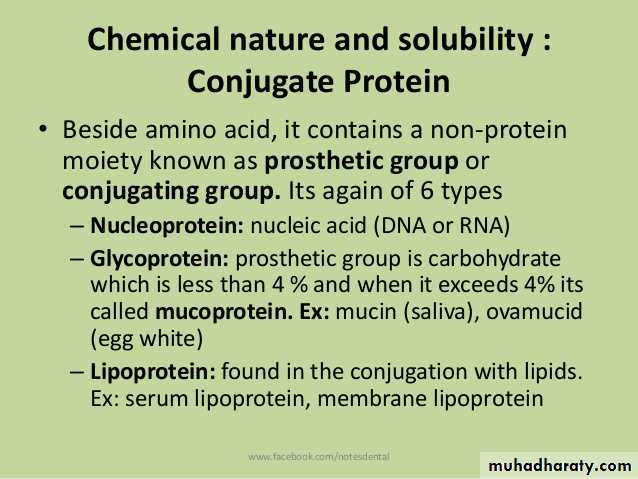Amino Acid Absorption
Amino acids are absorbed in the small intestineAmino acids are transported to the liver from the intestines via the portal vein
In the liver, amino acids are
Used to synthesize new proteins
Converted to energy, glucose, or fat
Released to the bloodstream and transported to cells throughout the body
Occasionally proteins are absorbed intact
Amino Acid Metabolism
Liver metabolizes amino acids, depending on bodily needsMost amino acids are sent into the blood to be picked up and used by the cells
Amino acid pool is limited but has many uses
Protein turnover – the continual degradation and synthesizing of protein
Deamination
When the amino acid pool reaches capacity the amino acids are broken down to their component parts for other usesFirst deamination must occur
Carbon-containing remnants are
Converted to glucose, if they are glucogenic amino acids, through gluconeogensis
Converted to fatty acids and stored as triglycerides in adipose tissue
Metabolic Fate of Amino Acids
Figure 6.7
Quick Review
During digestionProteins are broken down to amino acids with the help of
Gastric juices
Enzymes in the stomach and small intestine
Enzymes from the pancreas and small intestine lining
Limited supply of amino acids exist in the amino acid pool
The amino acid pool acts as a reservoir for protein synthesis
Surplus amino acids are
Deaminated
Used for glucose or energy
Stored as fat
Nitrogen is converted to urea and excreted in urine
How Does the Body Use Protein?
Functions of proteinProvide structural and mechanical support
Maintain body tissues
Functions as enzymes and hormones
Help maintain acid base balance
Transport nutrients
Assist the immune system
Serve as a source of energy when necessary
Structure of Proteins
Made up of chains of amino acids; classified by number of amino acids in a chain
Peptides: fewer than 50 amino acids
Dipeptides: 2 amino acids
Tripeptides: 3 amino acids
Polypeptides: more than 10 amino acids
Proteins: more than 50 amino acids
Typically 100 to 10,000 amino acids linked together
Chains are synthesizes based on specific bodily DNA
Amino acids are composed of carbon, hydrogen, oxygen, and nitrogen
Protein Quality
Complete proteins
Contain all nine essential amino acids
Usually animal source are complete proteins
Are considered higher quality
Incomplete proteins
Low in one or more essential amino acid
Usually plant sources are incomplete
Eating Too Much Protein
Risk of heart diseaseRisk of kidney stones
Risk of calcium loss from bones
Risk of colon cancer
Displacement of other nutrient-rich, disease preventing foods
Too Little Protein
Without adequate proteinCells lining the GI tract are not sufficiently replaced as they slough off
Digestive function is inhibited
Absorption of food is reduced
Intestinal bacteria gets into the blood and causes septicemia
Immune system is compromised due to malnutrition and cannot fight infection









































